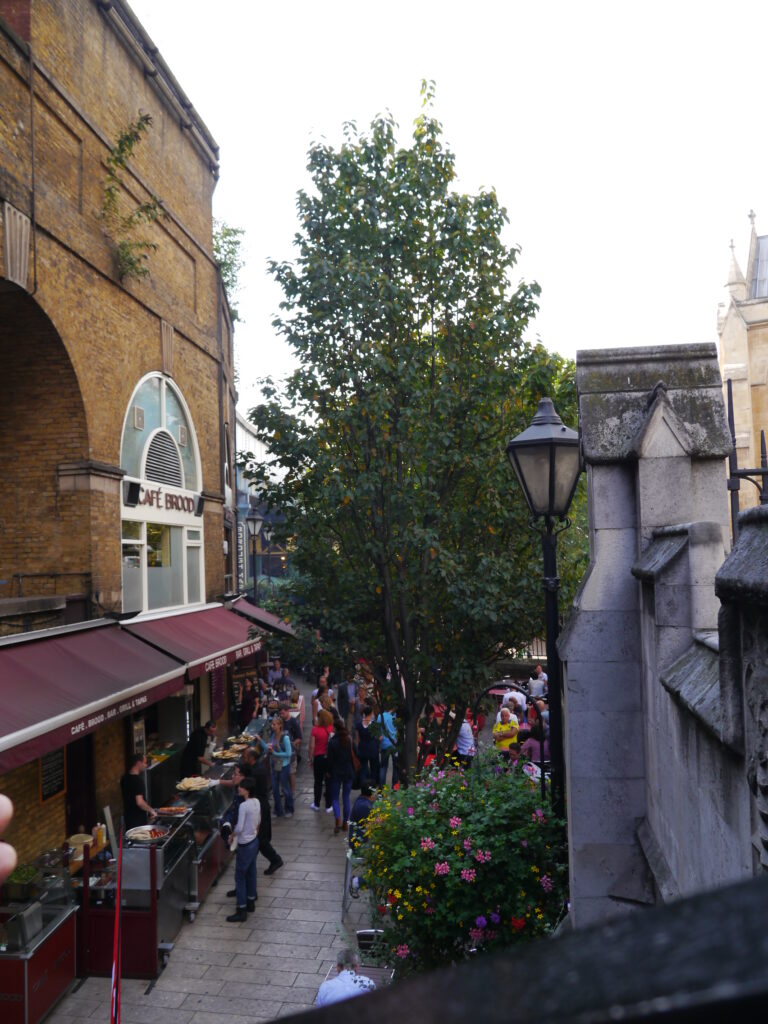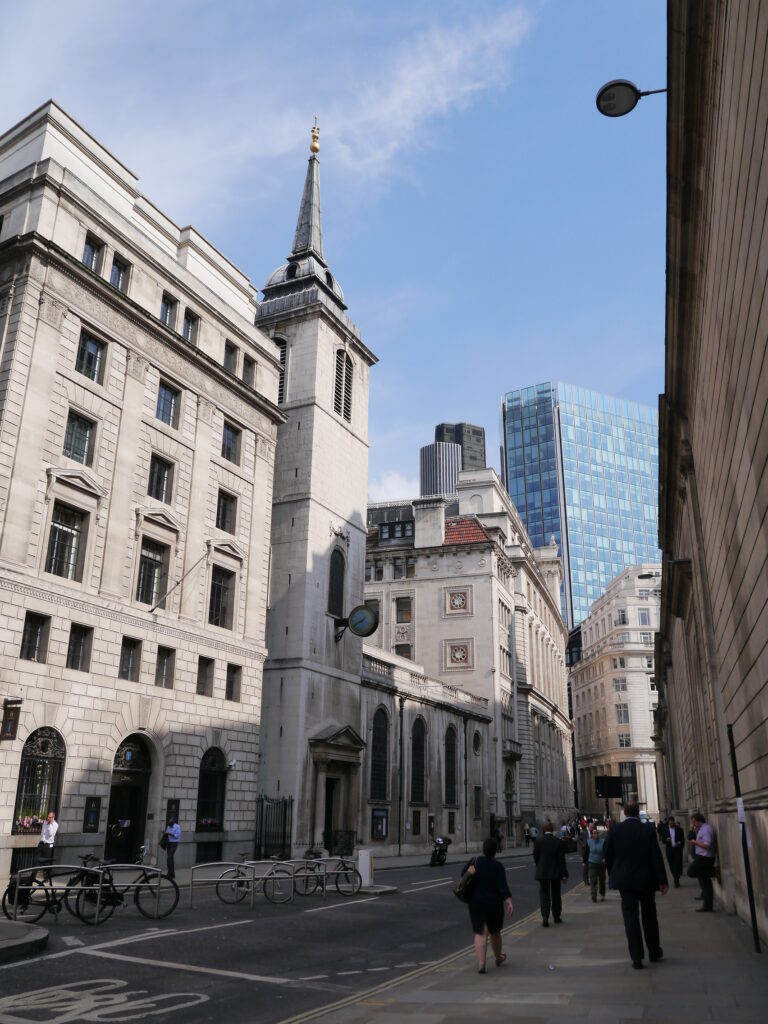
Henry Smithers, London coal merchant and writer, lived some 200 years ago, but I think if we could meet, we would enjoy a great conversation. He was a keen observer of history and human behavior and, of course, I approve of his remarks on the benefits of education for women and the immorality of slavery.
Henry was born in London in 1762, one year before England and France made peace following the Seven Years War. His father was a teacher, and Henry was a product of the Enlightenment, an era when people believed in rational thought and questioned traditional institutions.
As a young man, he was something of a political radical and a member of a group known as the London Revolution Society. This organization was originally formed to plan centennial celebrations of the so-called Glorious Revolution. The Glorious Revolution was the 1688 overthrow of the Catholic King James II and the invasion, backed by a Dutch fleet, of the Protestant William of Orange, who became William III of England, and his wife, Mary II of England. These events helped established Parliament as the real power in England.
The French Revolution, an outgrowth of the Enlightenment, began in 1789. Before it spun into excessive violence, many Englishmen thought of it as the French equivalent of England’s Glorious Revolution. The London Revolution Society and similar groups supported the French revolutionaries. The English government became concerned that these organizations might not only encourage the French, but import the revolution to England. It charged several individuals with treason and, although they were eventually acquitted, the London Revolution Society folded in 1792.
In 1796, Henry Smithers testified for the defence at the trial for high treason of merchant William Stone.1 Stone was charged with conspiring to spy on behalf of the French government, which was planning to invade England. After that, Henry, with a young family to support, seems to have stayed under the political radar.
Some of Henry’s poems reflected his politics; he wrote, for example, about someone who helped bring constitutional reform to England:
In England now, the attemper’d law defines
Alike the monarch’s and the hireling’s claims,
And Life and Liberty, are sacred held,
And guarded with a reverential care 2
Although some of his ideas were considered radical, Henry had great affection for the monarchy. He dedicated his 1807 book of poetry, Affection, with other poems, to Princess Charlotte Augusta of Wales, and he published a monody, or poetic lament, about the popular princess when she died in childbirth in 1817.
Notes
There are several records of Henry Smithers’ membership in the Revolution Society.
See:
Search, Simon. Spirit of the Times: In a Series of Observations on the Important Events of the Age; Politics. H. Gardner, France: 1790. P. 184 https://books.google.ca/books?id=MmlHAAAAYAAJ&dq=%22Henry+Smithers%22&source=gbs_navlinks_s
and
Revolution Society (London, England). An Abstract on the History and Proceedings of the Revolution Society: in London; to which is annexed a copy of the Bill of Rights, Volume 5 (Google e-book). London: 1789. P. 12. https://books.google.ca/books?id=QvJbAAAAQAAJ&dq=%22Henry+Smithers%22&source=gbs_navlinks_s
- The Trial of William Stone: For High Treason, at the Bar of the Court of King’s Bench, on Thursday the Twenty-eighth, and Friday the Twenty-ninth of January, 1796. Taken in Short-hand, by Joseph Gurney (Google eBook) p. 295. https://books.google.ca/books?id=7ogUAAAAQAAJ
- Affection; with Other Poems, by Henry Smithers of the Adelphi, London.London: Printed for the Author by T. Bensley and Sold by W. Miller, 1807. p. 12. http://babel.hathitrust.org/cgi/pt?id=uc2.ark:/13960/t5cc0z71k;view=1up;seq=1

